While using the apt-get command or the relatively new APT package management tool in Ubuntu Linux or its derivatives such as Linux Mint (which I actually use as my primary operating system for doing daily work), you might have encountered the error – “unable to lock the administration directory (/var/lib/dpkg/) is another process using it” on the command line.
This error can be so annoying especially for new Linux (Ubuntu) users who may not know exactly the cause of the error.
Below is an example, showing the lock file error in Ubuntu 16.10:
tecmint@TecMint:~$ sudo apt install neofetch [sudo] password for tecmint: E: Could not get lock /var/lib/dpkg/lock - open (11: Resource temporarily unavailable) E: Unable to lock the administration directory (/var/lib/dpkg), is another process using it?
The output below is another possible instance of the same error:
E: Could not get lock /var/lib/apt/lists/lock - open (11: Resource temporarily unavailable) E: Unable to lock directory /var/lib/apt/lists/ E: Could not get lock /var/lib/dpkg/lock - open (11: Resource temporarily unavailable) E: Unable to lock the administration directory (/var/lib/dpkg/), is another process using it?
How can you solve the above error in case you bump into it in the future? There are several ways of dealing with this error(s), but in this guide, we will go through the two easiest and probably the most effective ways of solving it.
1. Find and Kill all apt-get or apt Processes
Run the command below to generate a list of all processes whose name comprises of the word apt, you will get a list inclusive of all apt or apt-get processes by using ps and grep commands together with a pipeline.
$ ps -A | grep apt

For each apt-get or apt process that you can see in the output of the command above, kill each process using the command below.
The process ID (PID) is found in the first column from the screenshot above.
$ sudo kill -9 processnumber OR $ sudo kill -SIGKILL processnumber
For instance, in the command below where 9 is the signal number for the SIGKILL signal, will kill the first apt process:
$ sudo kill -9 13431 OR $ sudo kill -SIGKILL 13431
2. Delete the lock Files
A lock file simply prevents access to another file(s) or some data on your Linux system, this concept is present in Windows and other operating systems as well.
Once you run an apt-get or apt command, a lock file is created under the any of these directories /var/lib/apt/lists/, /var/lib/dpkg/ and /var/cache/apt/archives/.
This helps to avoid the apt-get or apt process that is already running from being interrupted by either a user or other system processes that would need to work with files being used by apt-get or apt. When the process has finished executing, the lock file is then deleted.
Important: In case a lock is still exiting in the two directories above with no noticeable apt-get or apt process running, this may mean the process was held for one reason or the other, therefore you need to delete the lock files in order to clear the error.
First execute the command below to remove the lock file in the /var/lib/dpkg/ directory:
$ sudo rm /var/lib/dpkg/lock
Afterwards force package(s) to reconfigure like so:
$ sudo dpkg --configure -a
Alternatively, delete the lock files in the /var/lib/apt/lists/ and cache directory as below:
$ sudo rm /var/lib/apt/lists/lock $ sudo rm /var/cache/apt/archives/lock
Next, update your packages sources list as follows:
$ sudo apt update OR $ sudo apt-get update
In conclusion, we have walked through two important methods to deal with a common problem faced by Ubuntu (and its derivatives) users, while running apt-get or apt as well as aptitude commands.
Do you have any other reliable methods to share meant for deal with this common error? Then get in touch with us via the feedback form below.
In addition, you may as well want to learn how to find and kill running processes and read through a simple guide to kill, pkill and killall commands to terminate a process in Linux.


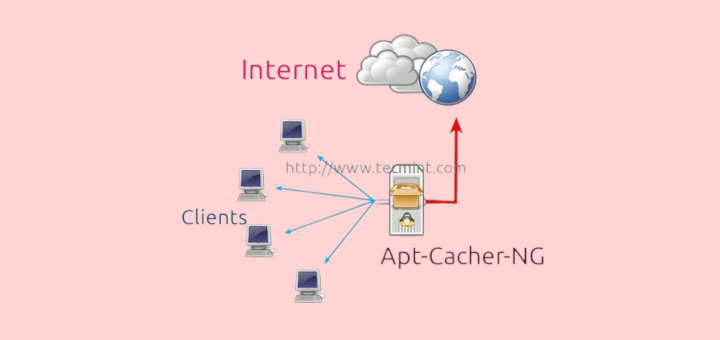
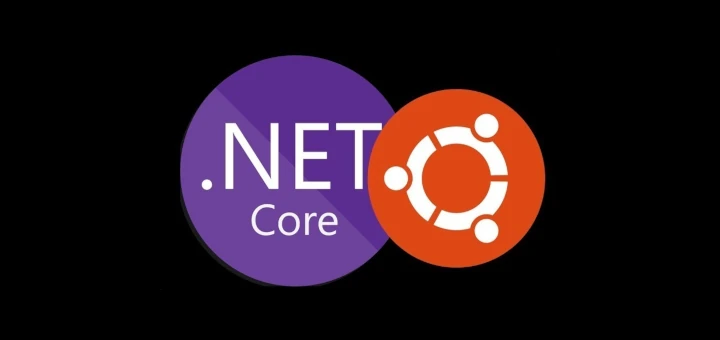
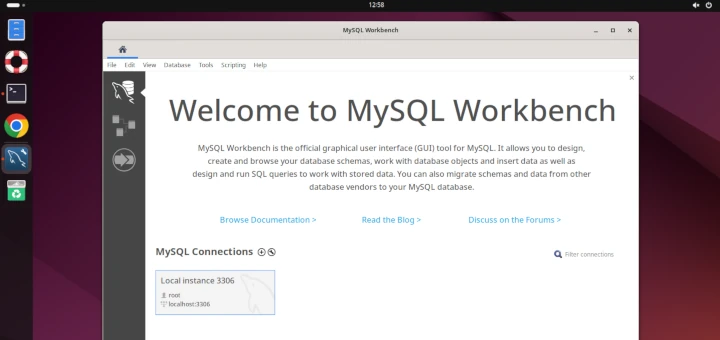
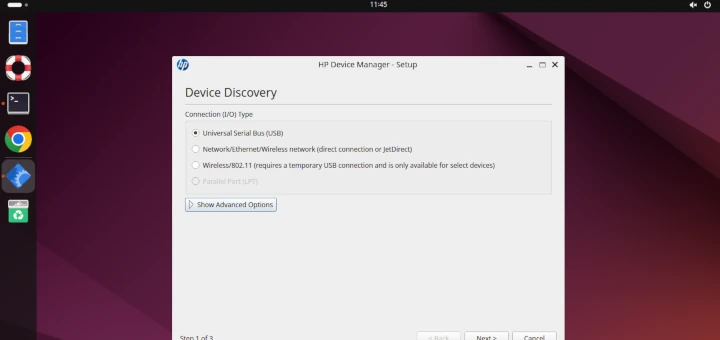
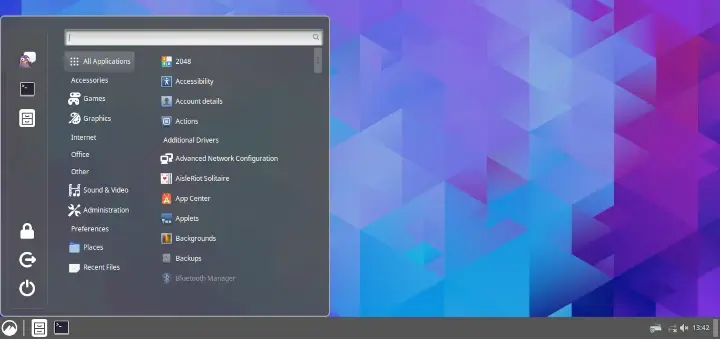
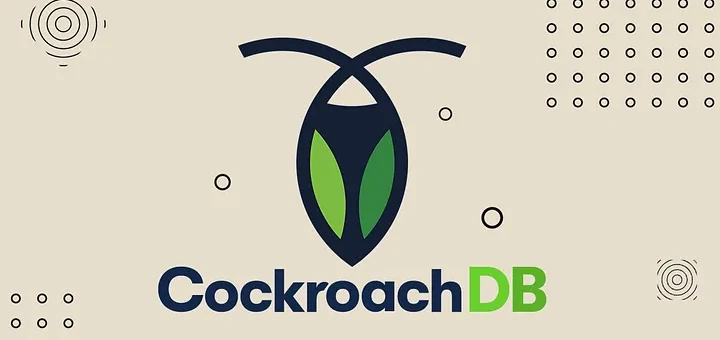
In the parrot os terminal whenever I try to update using
sudo apt-get updateit shows a lot of errors I don’t know what to do a lot of Ign:1, and Ign:2 coming up again, and again can you help me how to solve the problem?@Hari,
The Ign means the package version information is avoided due to a file retrieval error or version mismatch.
Is there any biggest problem because of the “unable to lock the administration directory (/var/lib/dpkg/” of this error in the system?
@Hari,
You can’t run the apt command to install or remove packages from the system until the error is fixed…
I just used:
and it worked for me…
Cool is working for me, here is short story
root@pc-02:/home/user1# apt-get remove && apt-get update && apt-get upgrade -y && apt-get dist-upgrade -yReading package lists… Done
Building dependency tree
Reading state information… Done
0 upgraded, 0 newly installed, 0 to remove and 767 not upgraded.
Reading package lists… Done
E: Could not get lock /var/lib/apt/lists/lock – open (11: Resource temporarily unavailable)
E: Unable to lock directory /var/lib/apt/lists/
$ sudo rm /var/lib/dpkg/lockAfterward force package(s) to reconfigure like so:
$ sudo dpkg --configure -a$ sudo apt-get remove && apt-get update && apt-get upgrade -y && apt-get dist-upgrade -y
:) all best
@znpz/feasn
Nice! Thanks a lot for the useful feedback.
Thanks. Really helpful for us as first time learn Linux.
You truly are a god amongst men, sir. I thank you dearly.
Thanks, It worked for me
Great post, thanks!
Ran into issue
fatal: [192.168.56.xxx]: FAILED! => {“changed”: false, “msg”: “‘/usr/bin/aptitude safe-upgrade’ failed: E: Could not open lock file /var/lib/dpkg/lock – open (13: Permission denied)\nE: Unable to lock the administration directory (/var/lib/dpkg/), are you root?\n”, “rc”: 255, “stdout”: “Reading package lists…\nBuilding dependency tree…\nReading state information…\nInitializing package states…\n”, “stdout_lines”: [“Reading package lists…”, “Building dependency tree…”, “Reading state information…”, “Initializing package states…”]}
fatal: [192.168.56.xxx]: FAILED! => {“changed”: false, “msg”: “‘/usr/bin/aptitude safe-upgrade’ failed: E: Could not open lock file /var/lib/dpkg/lock – open (13: Permission denied)\nE: Unable to lock the administration directory (/var/lib/dpkg/), are you root?\n”, “rc”: 255, “stdout”: “Reading package lists…\nBuilding dependency tree…\nReading state information…\nInitializing package states…\n”, “stdout_lines”: [“Reading package lists…”, “Building dependency tree…”, “Reading state information…”, “Initializing package states…”]}
Get root sudo su then rm the file to resolve “Permission denied“. If still denied, chmod 777 then rm the file.
Close the terminal window to drop back out of su.
@J dog
Many thanks for sharing this, we are grateful.
thank you !!!
@Tony
Welcome, thanks for the feedback.
Thank you very much, I’m new to Ubuntu and almost about break the monitor.. You save it
the only useful document on the web thank you very much
@jean
Oh, great! We are glad that this worked for you. Thanks for the useful feedback.
Thalaiva …Super..!
@Prasanth
Great, thanks for the feedback.
Thanks a ton, it worked without errors for me..
@kk
Welcome, thanks for the useful feedback.
thanks a lot, this worked !!!
@Dhanush
Welcome, we are glad that it worked for you. Thanks for the feedback.
Dear Aaron,
Thanks for your response, it helped me a lot, in my situation I am new to linux. It is a powerful technology for those who know how to use it.
=)
@Pablo
Welcome and thanks for the feedback.
HI, i followed this procedure yesterday and it worked, but i am fcing the same problem today too. will i have to be doing this everyday, or there is a way i can stop it once and for all
@Olivia
This should not happen everyday, but in case it continues to happen, use the provided solutions.
Thank you so much. it is very easy to follow and understand
@Olivia
Welcome, many thanks for the feedback.
This article is so simple and easy to understand. Saved my day! Thanks Aaron!
@Sneha
Welcome, thanks a lot for the feedback.
Thank you so much Aaron Kili. You saved me. Thanks a lot.
@Valli
Welcome, thanks for the feedback.
Hi,
I am trying for a long time to install Kali Linux from MS store but failed always, after running “sudo sh.xfce4.sh” command.
When I run “sudo/etc/init.d/xrdp start” it says” No such file or directory not found”
Kindly guide
I am getting these errors..
Err:1 http://in.archive.ubuntu.com/ubuntu artful InRelease
Could not resolve 'in.archive.ubuntu.com'
Err:2 http://in.archive.ubuntu.com/ubuntu artful-updates InRelease
Could not resolve 'in.archive.ubuntu.com'
Err:3 http://in.archive.ubuntu.com/ubuntu artful-backports InRelease
Could not resolve 'in.archive.ubuntu.com'
Err:4 http://archive.canonical.com/ubuntu artful InRelease
Could not resolve 'archive.canonical.com'
Err:5 http://security.ubuntu.com/ubuntu artful-security InRelease
Could not resolve 'security.ubuntu.com'
Reading package lists... Done
W: Failed to fetch http://in.archive.ubuntu.com/ubuntu/dists/artful/InRelease Could not resolve 'in.archive.ubuntu.com'
W: Failed to fetch http://in.archive.ubuntu.com/ubuntu/dists/artful-updates/InRelease Could not resolve 'in.archive.ubuntu.com'
W: Failed to fetch http://in.archive.ubuntu.com/ubuntu/dists/artful-backports/InRelease Could not resolve 'in.archive.ubuntu.com'
W: Failed to fetch http://archive.canonical.com/ubuntu/dists/artful/InRelease Could not resolve 'archive.canonical.com'
W: Failed to fetch http://security.ubuntu.com/ubuntu/dists/artful-security/InRelease Could not resolve 'security.ubuntu.com'
W: Some index files failed to download. They have been ignored, or old ones used instead.
@Ganesh
Ensure that your device is connected to the internet. You can test using ping, try to ping google.com or any popular servers.
Hi Sir,
it is coming like this after typing given commands.
@srujan
What commands in particular, just be a little clear on the question so we can help you easily. Hope you have understood.
thanks brother, its working! I recently bought a vps and it had the same issue but now its fixed. Thank you :)
@Manal
Welcome, we are glad that you found this guide helpful. Thanks for the feedback.
thanks aaron
@lucky
We are lucky to have you following us, thanks for the feedback.
Not able to update the python version from 2.7 to 3.6, it is showing error like this:
@lavanya
You can install it from “deadsnakes” team PPA: https://launchpad.net/~deadsnakes/+archive/ubuntu/ppa
But, do this at your own risk, like this:
thank you brother
@arjun
Welcome, thanks for the feedback.
Thank you Aaron! it fixed on my machine
@Yipeng
We are glad that this worked well for you. Many thanks for the feedback.
wonderful
@bishal
Ok, thanks for the feedback.
Thank for sharing! It’s very useful. Fixed my issue!
@VNCoupon
Oh, that’s great. We are glad to know this. Thanks for the feedback.
Hello, I have this issue too and it get fixed with this guide. But, the issue return each time the system startup. Any idea why is this happening?
@Luis
Try to use both approaches mentioned in the article, if they fail to work let us know, we will try to investigate.
Thanks a lot brother.
@F-Society
Welcome, thanks for the feedback.
Thank you brother for this wonderful article, fixed my issue..
@Simon
Welcome, thanks for the feedback.
Great help, I used the trick with debian 9, worked well. Thanks
Idrissa
@Idrissa
Oh, that’s good. Many thanks for the feedback.
Thank you!
@Trung
Welcome, many thanks for the feedback.
Thank you .. it working nice and easy to follow ..
@awati
We are glad to know that this worked for you, many thanks for the feedback.
thanks sir , you are great
Your the best, thanks this solved my problem..
@Nix
Welcome, we are pleased to know that this helped you out. Thanks for the feedback.
Thanks a lot !
@henry
Welcome, thanks for the feedback.
Superb!!!
Thank you very much for the solution, it helped me alot.
@Amol
Okay, this is great. Am happy that this article helped you a lot. Thanks for the feedback.
Thanks a lot buddy it worked for me :)
@Himanshu
Welcome, thanks for the feedback.
Hi, I use Ubuntu 16.04, after i follow your step, the problem is solve but it come a new problem after input this command.
can you help me for solve this problem..?
@yus
Check out this solution: https://askubuntu.com/questions/942895/e-problem-executing-scripts-aptupdatepost-invoke-success
you rock man, the 2nd command worked
@KaliUser
Am excited to know about this, thanks for the feedback.
Worked great! Thank you.
@james
That’s good to know. Thanks for the feedback.
Thanks a lot! It is working flawless
@Prasan
Welcome, am very glad to know this. Thanks for the feedback.
Admin@san:~$ sudo kill -9 11555
sudo: /etc/sudoers: Not a directory
always telling this command sudo: /etc/sudoers: Not a directory..
what I should do now?
@sangeetha
Ensure that you have the /etc/sudoers file, you might have accidentally deleted it.
Thaks a lot !!!!
@Gaston
Welcome, many thanks for the feedback.
thanks. worked well
@Jayaprakash
Thanks for the feedback, and for following us.
Thank You.
Welcome, thanks for writing back.
Thank you. Worked like a charm
@Misbah
Welcome, thanks for the feedback.
Thank you so much
@Hafizh
Welcome, hope you enjoyed it. Thanks for following us.
The fix in the main post seems like a bit of overkill. Only the process actually owning the lock needs to be killed.
You can find its PID with lsof:
Example output:
lsof: WARNING: can't stat() fuse.gvfsd-fuse file system /run/user/1000/gvfs
Output information may be incomplete.
COMMAND PID USER FD TYPE DEVICE SIZE/OFF NODE NAME
unattende 3002 root 4uW REG 8,10 0 1471282 /var/lib/dpkg/lock
In this case, the PID is 3002, and “sudo kill 3002” or “sudo kill -9 3002” should release the lock.
If lsof lists no process and the problem remains, the lock file may be safely deleted.
@hendrik
A handy tip here, many thanks for sharing this with us.
Nice and easy to understand explanation.
In general, it’s always best to try a simple kill without the -9 option first. This asks the process to exit normally, which allows it to clean up first. Only if the process fails to exit, meaning it’s hung, should you kill -9, which tells to kernel to terminate it.
@Ron
That is so true, many thanks for the well explained feedback. This will be so beneficial to many Linux users out there.
Another way to remove lock file in the /var/lib/dpkg/ directory is:
@Romsat,
Yeah, thanks for sharing the tip with us, hope it will help our readers like you…